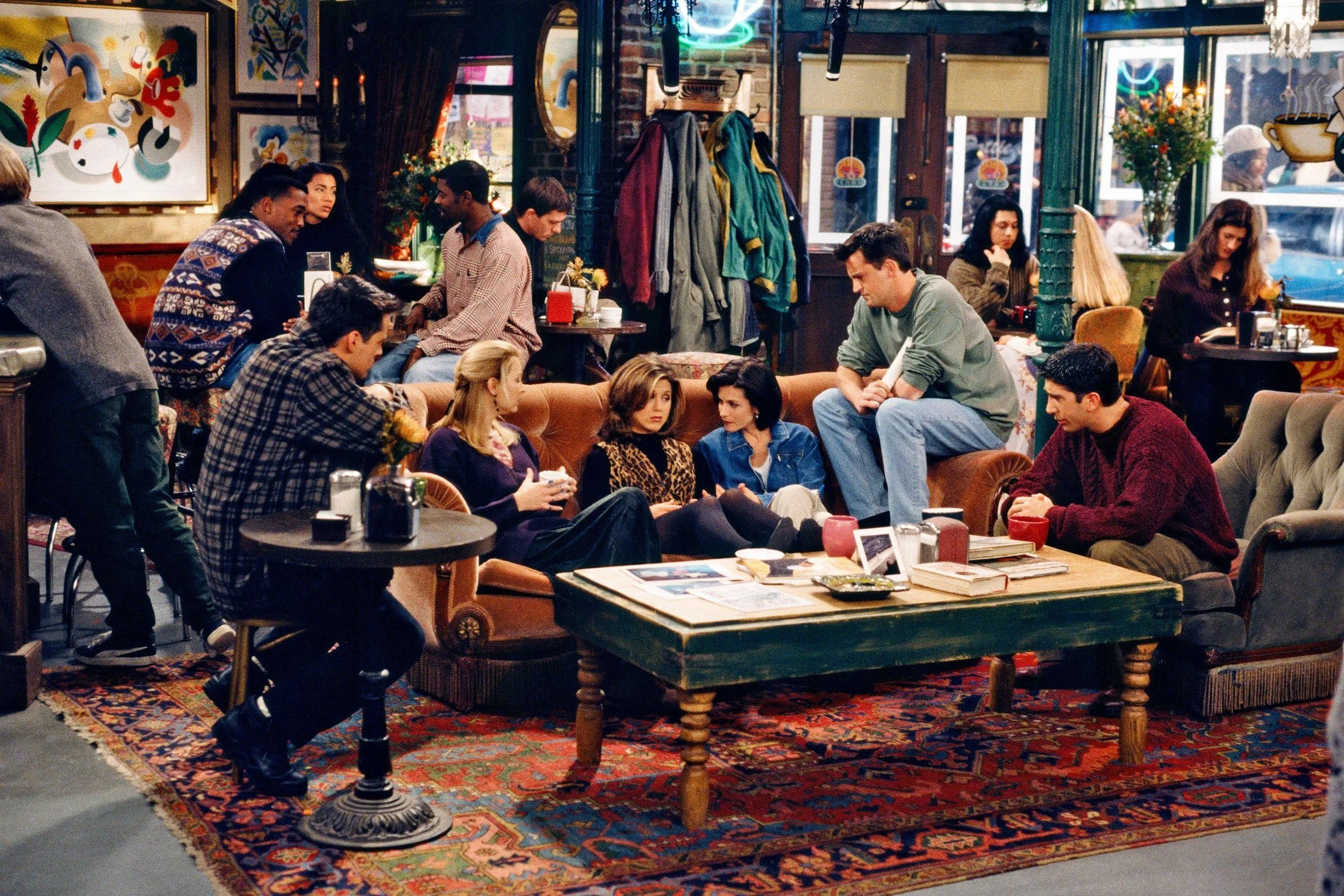‘28 Years Later’ REVIEW: Not the sequel we wanted, but the one we needed
‘28 Years Later’ REVIEW: Not the sequel we wanted, but the one we needed
Alfie Williams and Aaron Taylor-Johnson in 28 Years Later | Still courtesy of Columbia Pictures
28 Years Later is nothing you would ever expect, and it's all the better for it. The film's brilliantly ominous trailers sell it as an adrenaline-fueled thrill ride — a standard back-to-basics genre fare similar to Weeks — casting a foreboding atmosphere, partly thanks to Taylor Holmes’ chilling recital of Rudyard Kipling's Boots blaring in the soundscape.
Now that the embargo has lifted, everyone will be looking at the praises and hype generated from critics and audiences who have seen it in advance, stating how it's a masterpiece, and it's possibly the greatest legacy sequel ever made; how it is visceral and spine-tingling. And sure, I can see why one would find the movie as such, and that's fine.
However, I think the hype will, no doubt, leave people astray, as highlighting these positives would obscure the fact that 28 Years Later may be the most eccentric sequel in recent times. The film is not only drastically different from what the trailers are hinting at, but also the entire franchise as it goes to places that are so bizarre there’s a high chance it will probably alienate a lot of audiences.
In many ways, 28 Years Later is an anti-legacy sequel that doesn't care about nostalgia, and giving the audiences what they've expected to have; instead, it presents itself as an assortment of bite-sized entrées that don't cohere thematically in the cleanest sense, but the fact that the film tries to do something new is as fascinating an experience as it is perplexing. It is an audacious film that makes bold choices, takes big swings, and constantly shifts tones as it explores these many out-of-the-box ideas to varying levels of depth and success. It is up to the eye of the audience of whether or not each of these swings is a hit or a miss.
The Infected in 28 Years Later | Still courtesy of Columbia Pictures
In this long-awaited sequel of a British classic, it's been twenty-eight years since Great Britain is under strict quarantine after the Rage virus broke out, and since then, everyone left behind has learned to adapt in ways they see fit.
For the inhabitants of Holy Island, their small community manages to prosper as it is separate from the mainland; the only path across is a mile-long causeway that can only be visible and crossed during low tide. They have their own little rituals, and vital roles to play. One of which is being a hunter, going out of the sanctuary to the mainland across, hoping to find resources that can either help them for their continued survival or remind them of the world that once was.
In the mainland, the Infected have also evolved and found a way to relieve starvation. Some have become obese crawlers feasting off earthworms and anything that they can get their hands on. Others have grouped themselves into tribes of hostile primates hunting down game through brute strength and animalistic speed, led by a jacked-up Alpha.
In 28 Days Later and its standalone sequel, 28 Weeks Later, the Infected show signs of intelligence during moments of self-preservation and ambush in the midst of all the unfathomable rage. In Years, you might say that the Infected — similarly to the vampires in I Am Legend — are sentient with their own ways of life. They're primitive, but they are human nonetheless.
Alfie Williams, Jodie Comer and Ralph Fiennes in 28 Years Later | Still courtesy of Columbia Pictures
From the get-go, Danny Boyle and Alex Garland — the minds behind the original — are clearly expanding the world, updating what's already been established in the franchise, because it's been almost two decades since Weeks, and much of that is retconned for a good reason.
While Days hits off the “running-zombies” craze starting in the early 2000s with its fast-moving monsters grittily captured in low-res digital cameras, 28 Weeks Later feels more like a theme park ride; it's exciting when I first rode it, but there's no real meat to the bones — ideas that provoke thought and challenge the viewer. And because of the massive surge of popularity zombies have gotten in popular culture, it's now a difficult challenge for storytellers to find ways to reinvent the genre, or at least, present narratives in ways that feel fresh and innovative.
Well, Years does have numerous weird little ideas and is eager to tackle a lot of them, so much so that it doesn't seem interested in giving the audiences the standard thrills they come to expect by the film's more contemplative second half.
Instead, Boyle and Garland go all out with their idiosyncrasies much prevalent in their early-2000s works, particularly The Beach and Sunshine. These two films — both penned and crafted by these two mad men — alienate the audiences with a series of strange story turns followed by massive tonal shifts, all in service of exploring something they feel so strongly about.
A similar thing happens in 28 Years Later where characters are ruminating about time that one has lost at one moment, and then witnessing the next step of post-apocalyptic insanity with shock and awe in the other. It’s melancholic solemnity suddenly sprinkled with moments of utter absurdity, and yet, there is a thematic purpose underneath all these clashing flavors.
Alfie Williams and Ralph Fiennes in 28 Years Later | Still courtesy of Columbia Pictures
Watching this movie is a bewildering experience, for sure, made even more jarring by Boyle's experimental kineticism and unconventional editing. But behind all the bullet-time kill cams, askew camera angles, massive swinging Infected penises and avant-garde montages is a surprisingly poignant coming-of-age tale led by the promising Alfie Williams who plays the young protagonist, Spike.
Everything in the film revolves around what a child's development is like during the apocalypse, and given that circumstance, Spike is a lad who's forced to grow up and mature beyond his age for the sake of survival. There is insurmountable pressure on him as a child to not just live the expectation of being a contributing member of this little island community, but also being a son. He has a father who's well-meaning but seems heavily burdened by and fed up with the responsibilities of being a dad and a husband. His mother is stricken with an unknown illness that leaves her bedridden and confused with short-term memory loss.
Consequently, Spike has to learn how to provide for himself in this unforgiving place where a viral disease remains a threat and monsters roam the land. Every moment in the film — presented in Anthony Dod Mantle's spectacular iPhone photography capturing stunning landscapes and murky locations with Young Fathers’ booming and divine soundtrack further illustrating the surrealistic dream-like nature of a ravaged Britain — serves to develop Spike's understanding of the world he inhabits and the life that he must live, as strange as it can be.
Therefore, watching this boy grow — from a child who struggles to shoot an arrow under pressure, to a young man who finds compassion amidst all the violence and whose spirit endures with curiosity and will despite his many mistakes and losses — is not only satisfying but also deeply affecting in unexpected ways. And it wouldn't be this powerful if it weren't for Williams whose convincing portrayal as Spike outshines the more experienced actors like Ralph Fiennes and Jodie Comer, who, by the way, also give the movie its gentle, bruised heart.
A starving Infected in 28 Years Later | Still courtesy of Columbia Pictures
All in all, 28 Years Later, like the original, is very rough around the edges, but I’d argue that the film’s roughness is its asset. And believe me when I say that there is a diamond in the rough. Boyle and Garland’s ambition for something bolder makes a wild mess, leaving some threads dangling, and many audiences absolutely befuddled. Nonetheless, they have a potent and inspired vision for the future of this franchise.
Even if some of the story concepts can be a little absurd and hard to take in at first, there is genuine thought behind the film. And even if it makes room for a trilogy of sequels, this first installment stands firm as its own by introducing a boy in a journey of self-discovery and coming to terms with life and death in this cruel world.
But who knows? You may like it or dislike it, or you may not care enough to feel either of the two. That’s fine by me. But in a time where sequels and remakes are massively produced, it’s nice to have a successful one that takes risks, expands on the original’s concepts and feels like a bunch of quirky human artists made it with dorkish sincerity, instead of an AI-assisted committee who are only in it for the money and regurgitates the same boring product.
‘28 Years Later’ is now showing in cinemas nationwide.






















